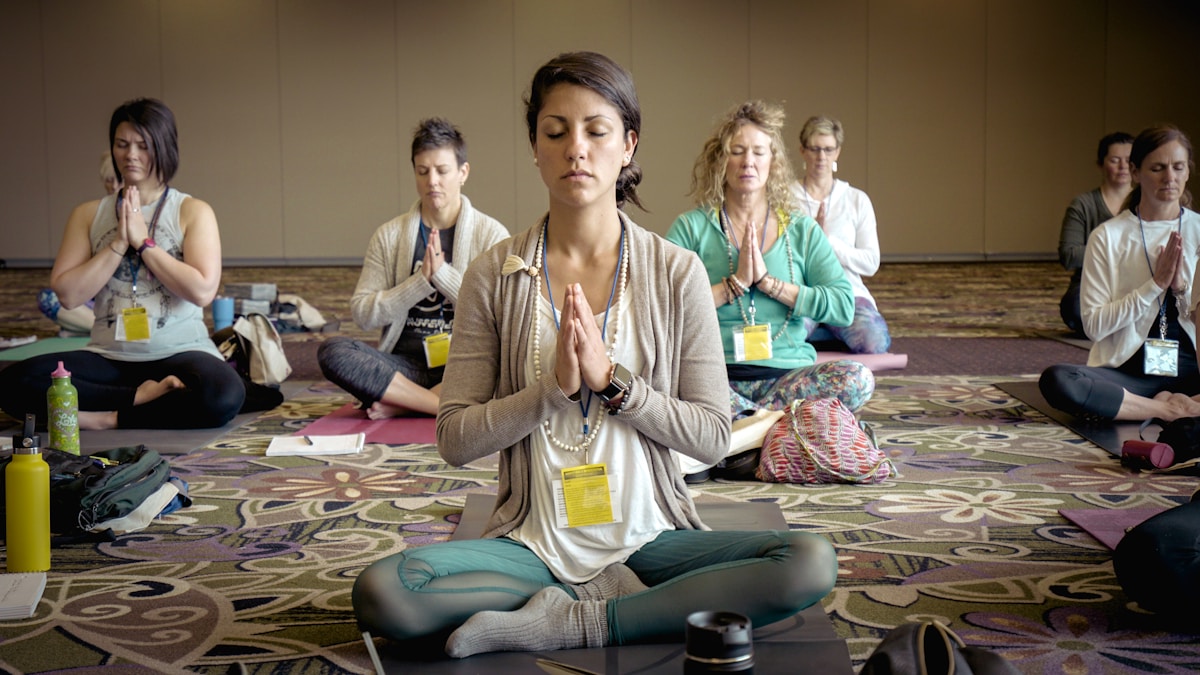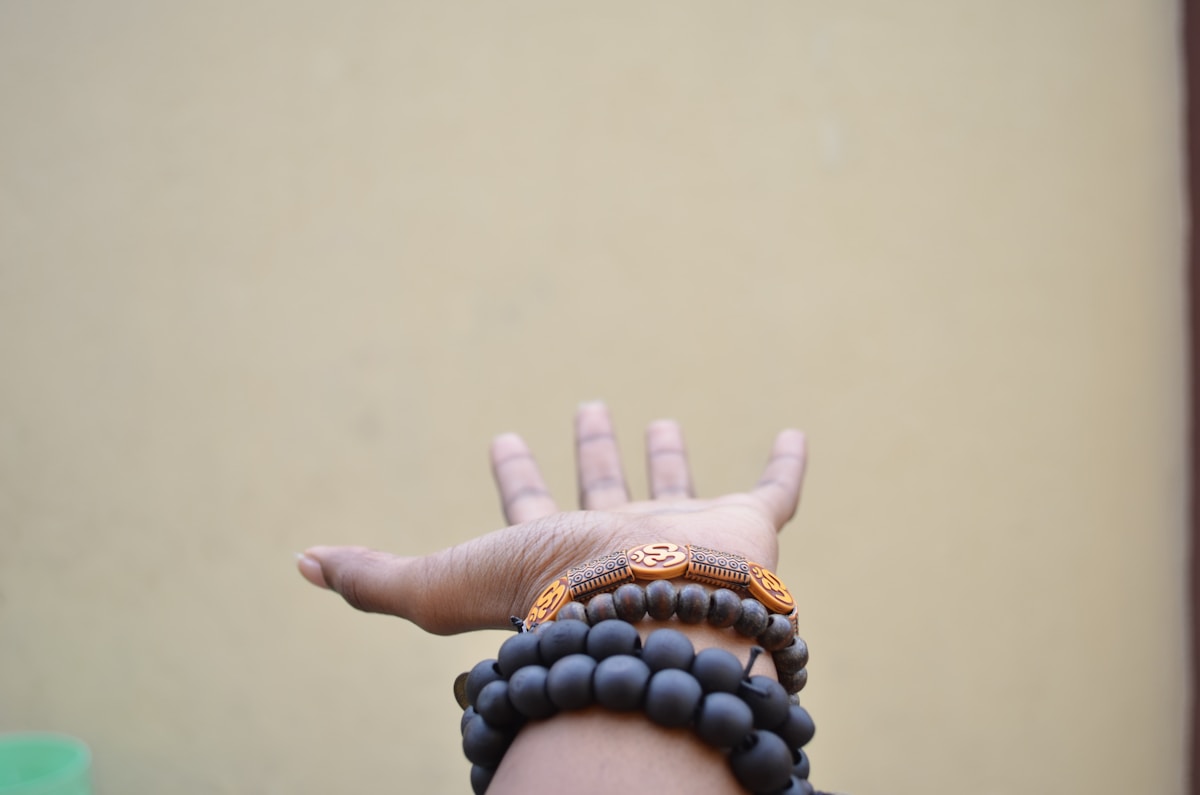
Being educated about trauma is an important part of my practice and approach and first came onto my radar when I started to work with postnatal families and began looking more at my own experiences and those of people around me. I learnt more about listening after doing the Birth Crisis training with the amazing Sheila Kitzinger in 2015 and started looking more at how I was teaching and what I could do better.
What is trauma?
Trauma is an experience that leaves a person with a replaying sense of whatever happened to them. It’s having an experience where your life was in danger, or you perceived it to be. So, it's similar to pain in that it’s the perception of the individual and their experience is what matters here.
You have seen trigger warnings all over the internet (along with complaints about trigger warnings from people who don’t really get them) but what’s a trigger? A trigger can be anything that sends a post traumatic individual back into their trauma pattern. That could be experiencing fight, flight, freeze, flop or fawn response. Often disassociating is part of that, so they might not quite seem to be engaged or present.
Triggers can be smells, words, music, textures, phrases or feelings that link back to their difficult experience.
Trauma is often held in the body and lived through physical experiences.
Trauma and Birth
Birth was added to the NICE guidelines as a potentially traumatic experience in 2014. It can mean that someone has a formal diagnosis of PTSD (post traumatic stress disorder) or it could be that someone has some of the symptoms that would lead to that diagnosis, but not all of them.
Sheila Kitzinger on PTSD and birth.
Language Matters
Looking at language and how we approach talking about difficult things is important. It needs to be possible to approach big subjects with care and integrity. It’s also vital that we have the bravery to actually go there and talk about the real life and death difficult shit that life brings. If I’m talking about the human body about how we move and particularly if I’m instructing someone on what to do with their body, I need to be careful about how I state and offer that.
- The Crime Survey for England and Wales (CSEW) estimated that one in five adults aged 18 to 74 years experienced at least one form of child abuse, whether emotional abuse, physical abuse, sexual abuse, or witnessing domestic violence or abuse, before the age of 16 years (8.5 million people).
- Almost one in three women aged 16-59 will experience domestic abuse in her lifetime (ONS as quoted by Refuge)
- About 30,000 women a year, according to the most recent research, experience birth trauma in the UK. (Birth Trauma Association)
You can almost guarantee a section of any class you’re teaching will have had some traumatic experience in their past. Whether it's a antenatal pregnancy class or a general vinyasa or hatha yoga class, there will be people who need this approach and it’s our responsibility as teachers to make sure we provide that.
Seeing women and birthing people’s experience postnatally, especially for those recovering from unplanned interventions, and particularly those that had not been offered as much choice as they should, very much need a slow, gentle, clear approach to beginning postnatal recovery through movement.

Helping to heal trauma
Firstly, unless you're a qualified trauma therapist, it's not your job to heal trauma.
If you're a yoga teacher, doula, massage therapist or midwife you can help people by aiming to do no harm with your words and actions.
Working with the body can be an immensely healing process it can give people options more knowledge of how their own system works can be super empowering to learn more about your structure you’re being in yourself but flipside;
- if you’re only offered instructions that are subjective, ethereal or filled with metaphor it can be hard for a person with trauma in their body to follow.
- ‘Good Girling’ - if you’ve got clients who may have experienced abuse, inadvertently using language commonly used by abusers will not help their healing. Even how you suggest someone move their legs can be triggering.
Using clear language that helps people stay grounded in themselves is the best way to offer a healing and embodied experience.
My experience
I did a fantastic training in 2015 with Fine Balance Yoga, Sarah Holmes De Castro is based in Canada but I was lucky enough to catch a workshop of theirs in Brighton. I followed this up with more in-depth training through Embodied Yoga Principles with Mark Walsh, who is a specialist in trauma and has worked with in war zones.
I have to say that none of this was included in any of the Yoga Teacher Training (standard 200 hour YMCA accredited course), in fact I did my Trauma Sensitive Yoga course alongside my YTT and found I had to undo the trauma sensitive language in order to pass the course, because it did not match with the course criteria at that point.
I would love to hear if anyone is running a training currently or currently undertaking one if trauma sensitivity is even looked at?
It feels to me like an absolute essential for every yoga teacher, movement practitioner, doula and midwife to have a solid awareness of triggers, abuse, operational language and awareness of the power that offering choice gives; putting the person that his body you are aiding/assisting at the center of their own experience in in their own power.

Resources and links
Reading
'The Body Keeps the Score' - Basel Van Der Kolk
'The Pocket Guide to Polyvagal Theory' - Stephen Porges
'When Survivors Give Birth' - Simkin / Klaus
'Birth Crisis' - Sheila Kitzinger
'Overcoming Trauma Through Yoga: Reclaiming Your Body'
- David Emmerson and Elizabeth Hopper
'Embodiment - Moving beyond mindfulness' - Mark Walsh
Trauna Sensitive Yoga
Research
Trauma Sensitive Yoga Research (links)
Birth Resources
Make Birth Better (free and affordable resources)